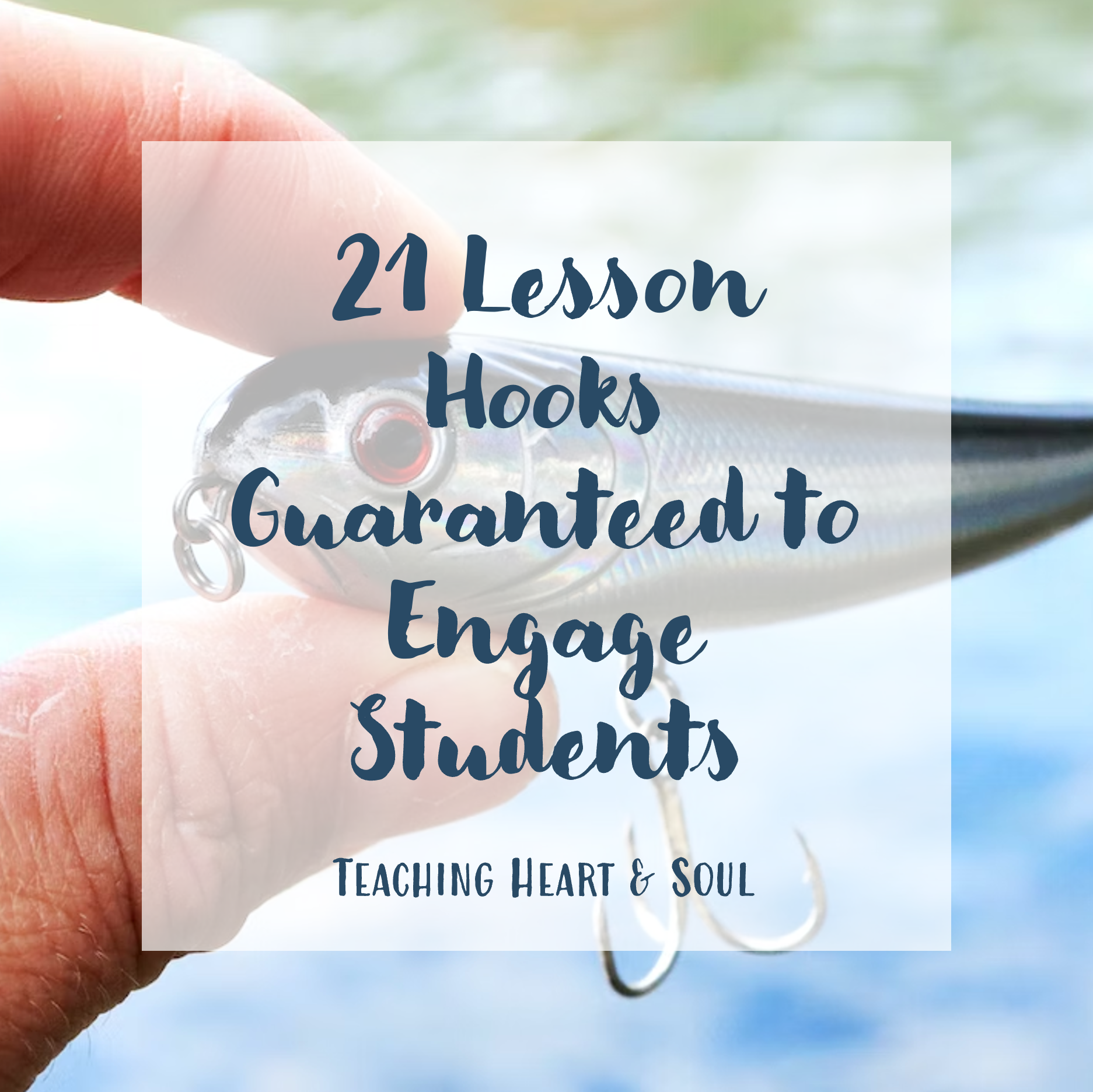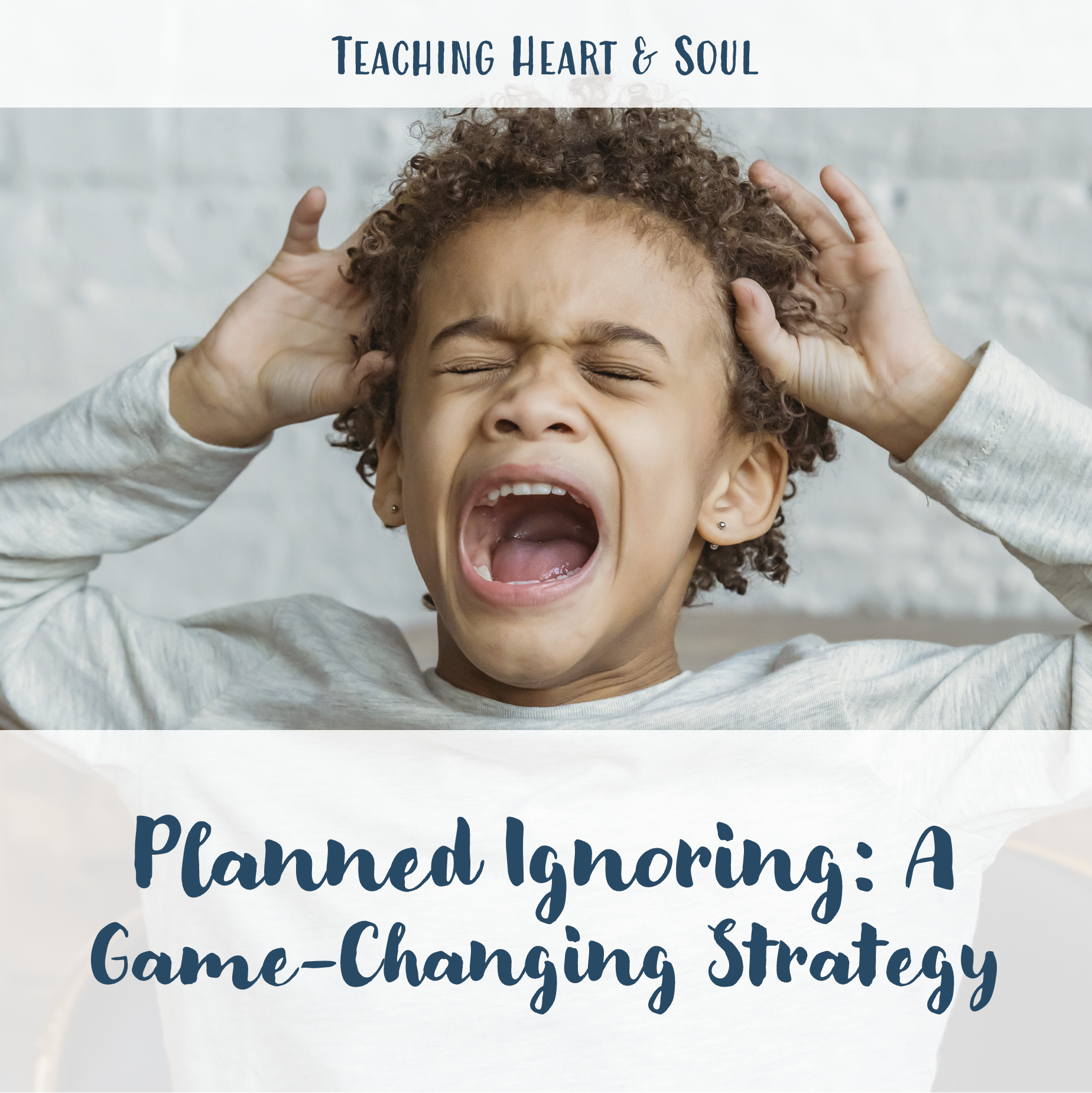
I’m glad you’re here!
Take a scroll through recent posts or use the search bar to find what you’re looking for.
Recent Blog Posts

Using Bloom's Taxonomy in Learning Objectives
Educational objectives according to Bloom's taxonomy describes the cognitive processes and cognitive tasks that show students lower level skills grow into higher order thinking.
The measurable verbs attached to the major categories of the taxonomy of educational objectives help teachers create learning objectives that are specific to the learning outcomes and cognitive skills of each level.

Scaffold Writing Instruction to Help Students Become Confident Writers
It’s so important to scaffold writing during the writing process so that writing tasks are more accessible to students.
Writing success comes from these scaffolding strategies, such as using mentor sentences, mentor texts, and graphic organizers.
When teachers support students with scaffolds such as a graphic organizer or a sentence frame, they become confident writers who see writing success!

14 Ways to Teach Vocabulary
Learn about the importance of vocabulary and language comprehension within the context of reading comprehension and find out 14 specific strategies you can use to teach and practice vocabulary skills in the elementary classroom.

Ways to Hook Students into a Lesson: 21 Examples
Learn about 21 engaging lesson hooks to make your lesson unforgettable!
A lesson hook in elementary school is an engaging and interactive activity, question, or prompt that is used at the very beginning of a lesson to capture students' attention and spark interest in the topic. It is a tool that many teachers use to begin a lesson in an engaging way and get kids invested in the learning process by creating a sense of excitement and curiosity about the topic.






11 Strategies to Engage with Students
Our students get bored when we lecture them about a topic. Find 11 different ways to engage your students in their learning. Use these strategies to make learning interesting again and get your students involved in the process. Some of the examples of the strategies talked about in this article are active learning, collaborative learning, game-based learning, and lesson hooks.


Planned Ignoring: An Intervention Strategy for Inappropriate Behavior
Planned ignoring is a great strategy to use with students who exhibit attention-seeking behavior, especially temper tantrums or similar problem behavior.
If a student is misbehaving to get your attention and they’re safe, planned ignoring can be the best way to respond to that child.
This attention-seeking behavior is designed to get attention, even negative attention will do. The best way to end this behavior completely might be to ignore it.
I’ve had great success with planned ignoring with temper tantrums in a first-grade class, but it can be used with tattling and goofing off too, depending on the situation.








